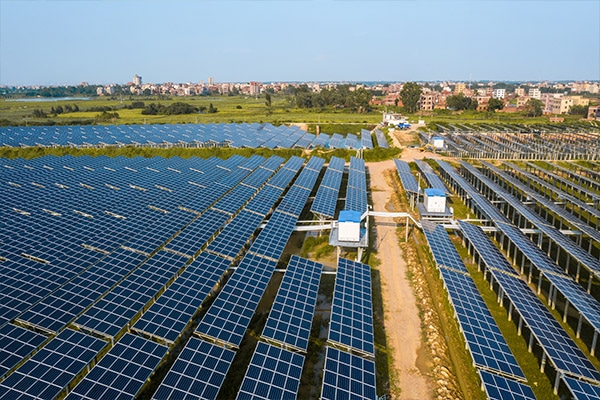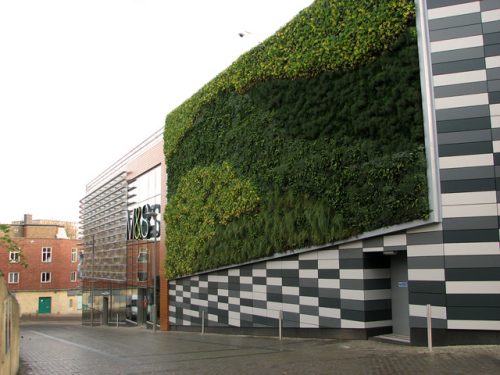Managed transfer to renewable energy is critical for a truly circular economy. The level of circularity of all areas of the economy that use electricity are affected by how that energy is generated.
Energy
Energy
UNRIVALLED FUTURE ENERGY SYSTEM

Many circular economy initiatives being adapted within a range of sectors and industries only become truly viable and effective when the energy they need to run is produced in renewable ways. Renewables have already become the cheapest source of energy, and this offers tremendous advantages to businesses across all sectors, particularly energy-intensive areas like manufacturing.
Also, the energy generation sector produces large amounts of material waste that a circular economy can utilise. There are great opportunities to use design and innovation to recapture these materials and keep them in use, whether it be fly ash from current coal electricity generation or the components and materials used in solar and wind power generation.
Explore
Three teams of scientists have worked out how to cut the cost of home insulation, how to cool tomorrow’s ever-hotter cities, and how to reduce household greenhouse gas emissions. And the potential solutions are, in every sense, green. Researchers in the UK report that they could limit heat lost through the walls of a building—on their own university campus—by planting a vertical garden all the way up the façade.
READ MOREWe could power households from the scraps in our food waste bins – here’s what is stopping us
Imagine if you could power your kettle using the energy generated from the vegetable cuttings quietly breaking down in your kitchen’s compost bin. That reality might not be so far off with the growth of biogas technology. Biogas is a green alternative to fossil fuels that not only helps to reduce toxic emissions but also provides cheap, clean energy.
READ MOREGET IN TOUCH



